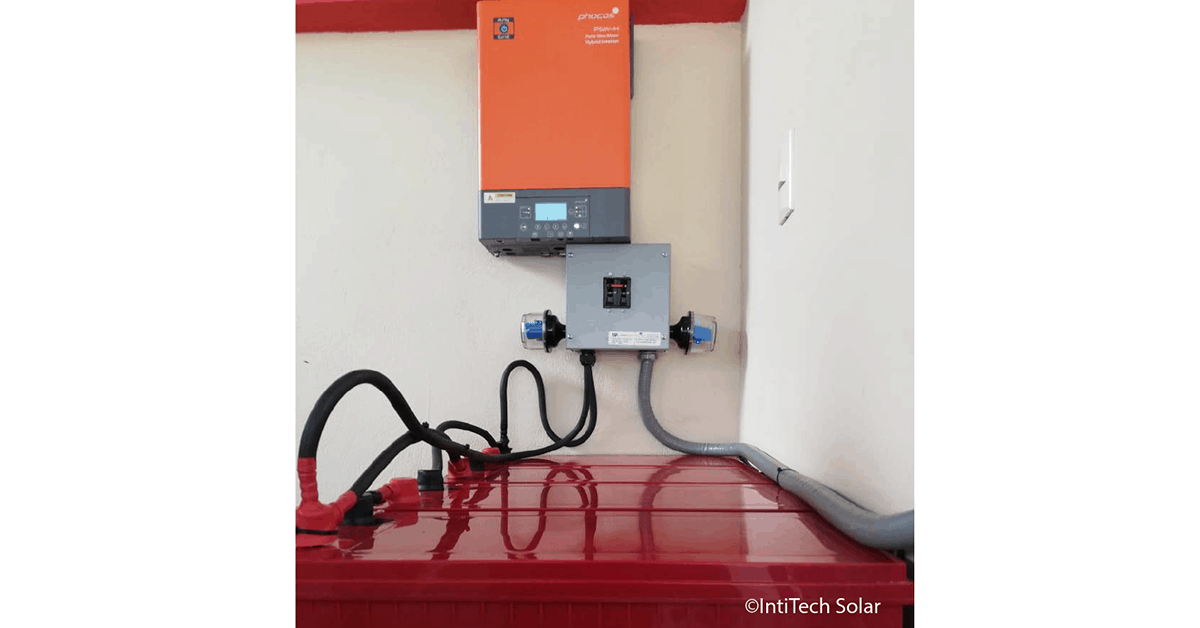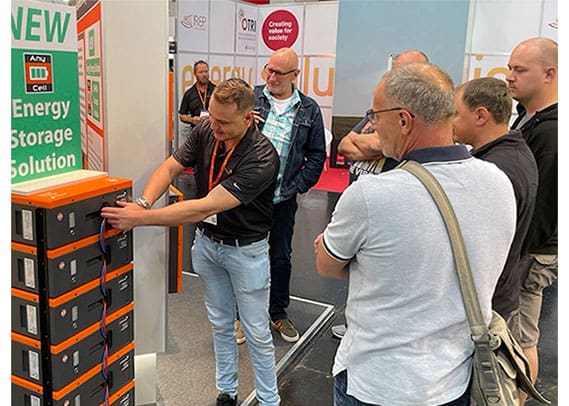
Phocos Provides Tips to Help Extend the Life of Lead Acid Batteries
With 20 years in the solar off-grid industry, Phocos understands the products that go into making a photovoltaic system design successful. Each piece of equipment has to perform together seamlessly, so customers enjoy uninterrupted power and their investment is maximized. Batteries can be one of the more costly products to purchase upfront and to replace over time. This article explains best practices to care for lead acid batteries to avoid downtime and extend battery life. It is important to note, when working with solar components, voltage and current are at the center of the discussion. With electricity it is vital for safety to work with a professional if customers are not technically trained.
Inspection & Cleaning
- Keep batteries clean and dry.
- Check if the vent plugs are tight.
- Check if the electrical connections are tight, according to values provided by the manufacturer.
- Use suitable products to clean batteries and possible corrosion on the terminals.*
- Applying terminal protectors reduces corrosion.*
*Ask your installer or battery manufacturer for recommendations or service support
Storage
- Batteries must be charged before and during storage.
- Never store discharged batteries. Always take the time to charge batteries in storage.
a. Why? When batteries are charged, sulfuric molecules are in the electrolyte. When discharged sulfuric molecules get inside the lead. Sulfation occurs when these molecules stay too long inside the lead. This prohibits that portion of the plate to get charged, reducing the capacity of the battery, which creates challenges and more work to correct with possible damage to the batteries. Learn more about battery sulfation. - Store batteries in a dry, protected place.
- Recharge batteries before putting them into use.
Water Addition (For Flooded Lead Acid Batteries)
- Add water to the cells. Distilled water is recommended for the longest battery life.
- Never add acid to cells. The manufacturer already added all acid required.
- Add water only after the battery is fully charged, up to the level indicated in the manual.
- Do not overfill batteries.
- If the plates are exposed, add water until the plates are covered and then proceed to charge the batteries. Charging batteries with plates exposed will reduce battery life.
- Never add water to discharged batteries if the electrolyte covers the plates (look through open holes to see if plates are under water). This will reduce Specific Gravity (SG) on the cells. Charge the battery first!
Safety
- Always wear appropriate clothing, protective glasses and gloves.
- Keep flames away and work with insulating tools. Do not smoke near batteries.
- If required, neutralize any acid spillage (baking soda can be used).
- Always charge the battery with the vent plugs in the correct position.
- Provide adequate ventilation to the batteries, especially during charging. The battery manufacturer’s datasheet will explain recommended ventilation requirements.
Myths & Legends
- Adding aspirin inside the battery does not extend battery life. This type of product attacks the active matter of the plates shortening the life of the plates, in turn shortening battery life.
- Urinating on batteries does not extend the life of batteries.
- Additives advertised by non-battery manufacturers do not extend the life of batteries. This type of product attacks the active matter of the battery plates ending the life of the plates.
- Using water plugs prevents water loss but does not extend battery life.












